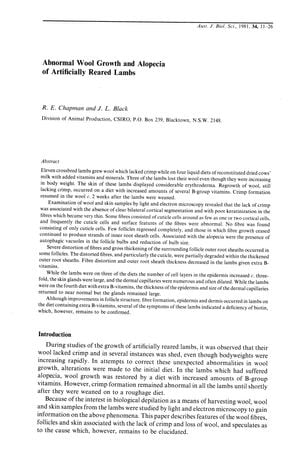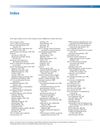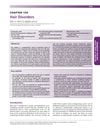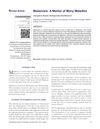Abnormal Wool Growth and Alopecia of Artificially Reared Lambs
January 1981
in “
Australian journal of biological sciences
”

TLDR Lambs fed a liquid diet showed abnormal wool and skin, which improved with more B-vitamins, suggesting a link to B-vitamin deficiency.
In a 1981 study, eleven crossbred lambs on liquid diets based on dried cow's milk with added vitamins and minerals exhibited abnormal wool growth and alopecia. Despite weight gain, three lambs developed alopecia with erythroderma. Wool regrowth occurred with increased B-vitamins, and normal crimp returned after weaning onto roughage. Microscopic examination showed bilateral cortical segmentation issues, keratinization problems, and abnormal cuticle cells, which improved with extra B-vitamins. The lambs' skin had increased epidermal layers, enlarged glands, and dilated capillaries, partially normalizing with a B-vitamin-rich diet. The study suggested a potential biotin deficiency but did not confirm it. The lambs, weighing 2.7 to 32.7 kg, were fed for up to 125 days, with an average daily growth rate of 297 ± 27 g. The study concluded that B-vitamin deficiencies, particularly biotin, might be related to the wool and skin abnormalities observed, indicating the need for further research to confirm the specific deficiencies involved.




